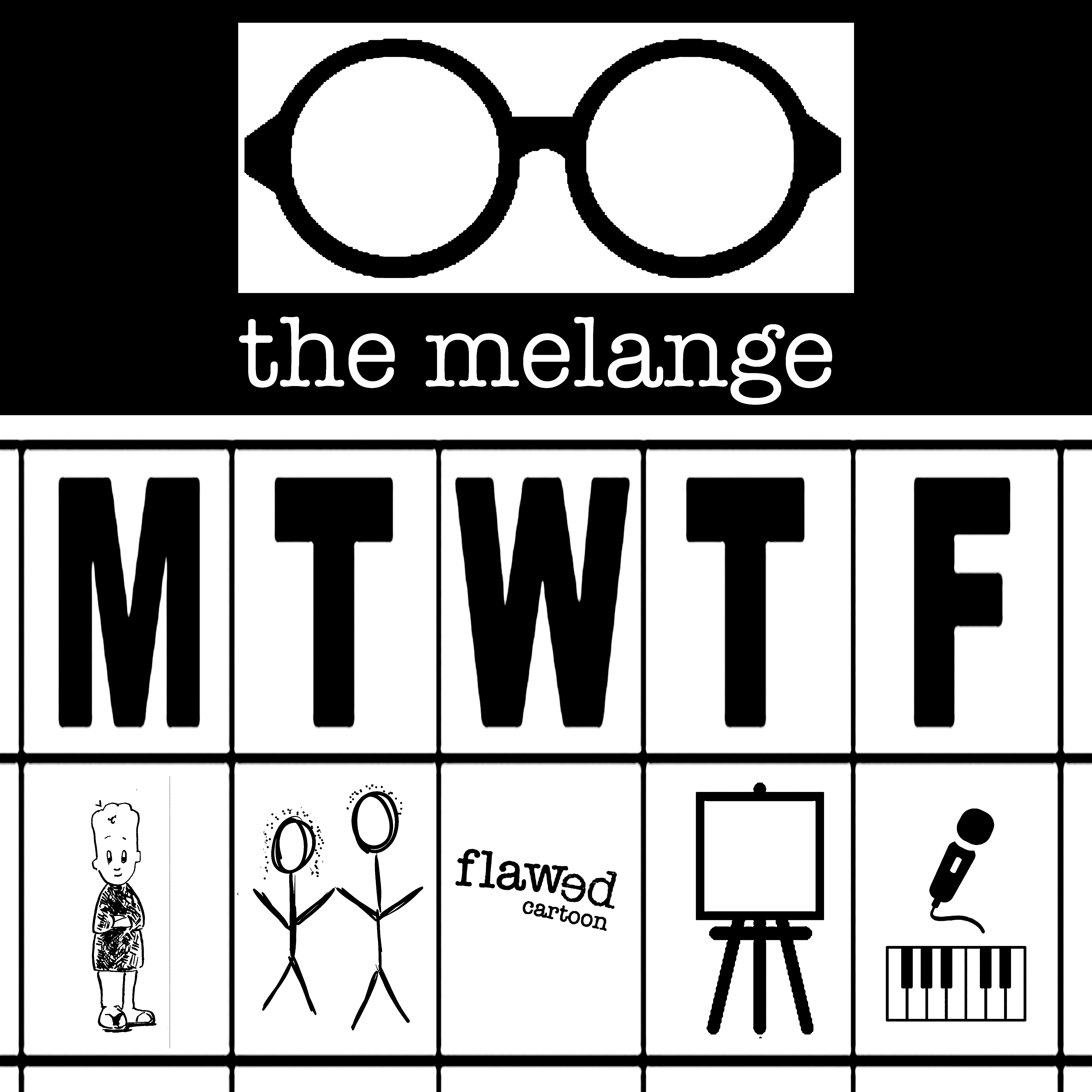665. Join me in inspiring truly powerful people. Each day I will add a new thought, story or idea to support your quest and mine.
On the plane today I read a short piece on edges and it reminded me of the power of this simple reality. The place where two elements come together, the place where two currents meet, the place where two cultures intersect, the place where the clearing meets the forest, the place where the world drops off: these places either teem with life or fire the imagination. It is at the edges where we become uncomfortable. It is at the edges where we say, “I don’t know” and thus, learning becomes possible.
There are internal edges as well as external edges. I work with people all the time who tell me they’ve hit a wall, come upon a block, or run into a limit that feels like an abyss. Internal edges are just the same as external edges: they either teem with new life in the form of ideas and pursuit or they evoke discomfort and resistance. Edges are present when we say, “I’m lost,” or “I don’t know what to do,” or “I’m frozen and can’t move.” Edges are present when we shout, “That was incredible!” Edges are supposed to generate instability: movement.
You know you are at an edge when you judge: judge some one or something else and it’s a good bet that you aren’t comfortable. Judge yourself and it’s a good bet that you’ve found an edge. If, in the moment of judgment, you realize that you are at an edge and suspend your judgment, you are instantly capable of learning. If, at the moment of judging, that you invest in the judgment, you’ve shut down the learning. Judgment is merely a way of establishing a location, a false “known” so you can get away from the unknown: it is an oddity human development that it easier to call yourself or others an idiot (thus, locating yourself or them) than it is to say, “I don’t know….”
Edges are everywhere. Kichom Hayashi sends his students out in the world to find as many edges as they can. Try it. You’ll find there are edges everywhere: grass meets concrete, brick meets brick, glass meets steel, earth meets water, sky meets horizon, hand meets hand, idea meets idea: the possibilities are endless. See them and then imagine the edges define connectivity instead of separation. If you reinforce the connectivity, you will walk toward your edges every time; the discomfort will call you and fire your imagination. If you see separations, the edges will frighten you and drive you back into the comfort of judgment. It all depends on what you choose to see.
Filed under: Edges, Truly Powerful People | Tagged: comfort, discomfort, edge, imagination, judgment, learning, life |






A lovely way to look at edges, thank you David. Judgment is such a teacher. In the natural world, this ‘edge effect’ IS where the richest variety of life is found, for that is where something new happens — as with wetlands. In mediation, I encourage those edges that cause conflict as an opportunity to take the best of both worlds and create something yet again new and different. I love how our worlds dovetail!
This reflection is worthy of a post! yes – I love how our worlds dovetail, too….